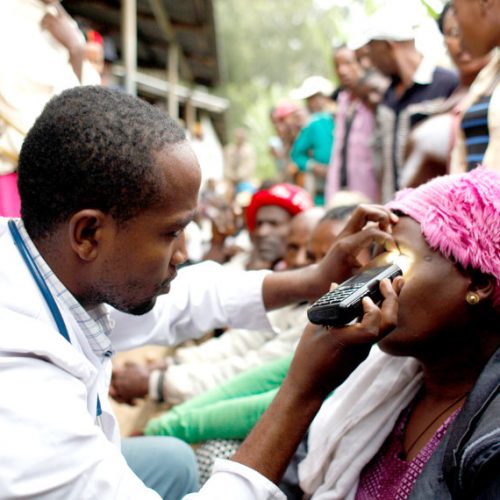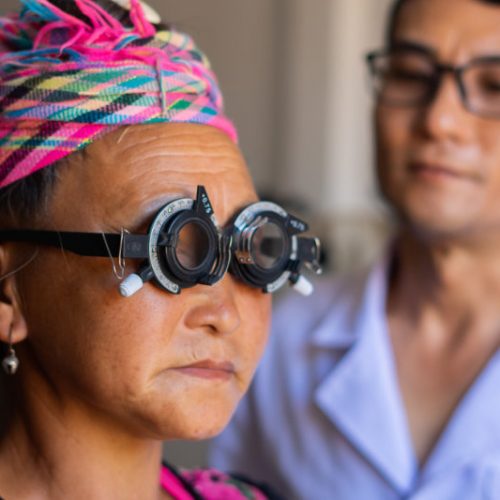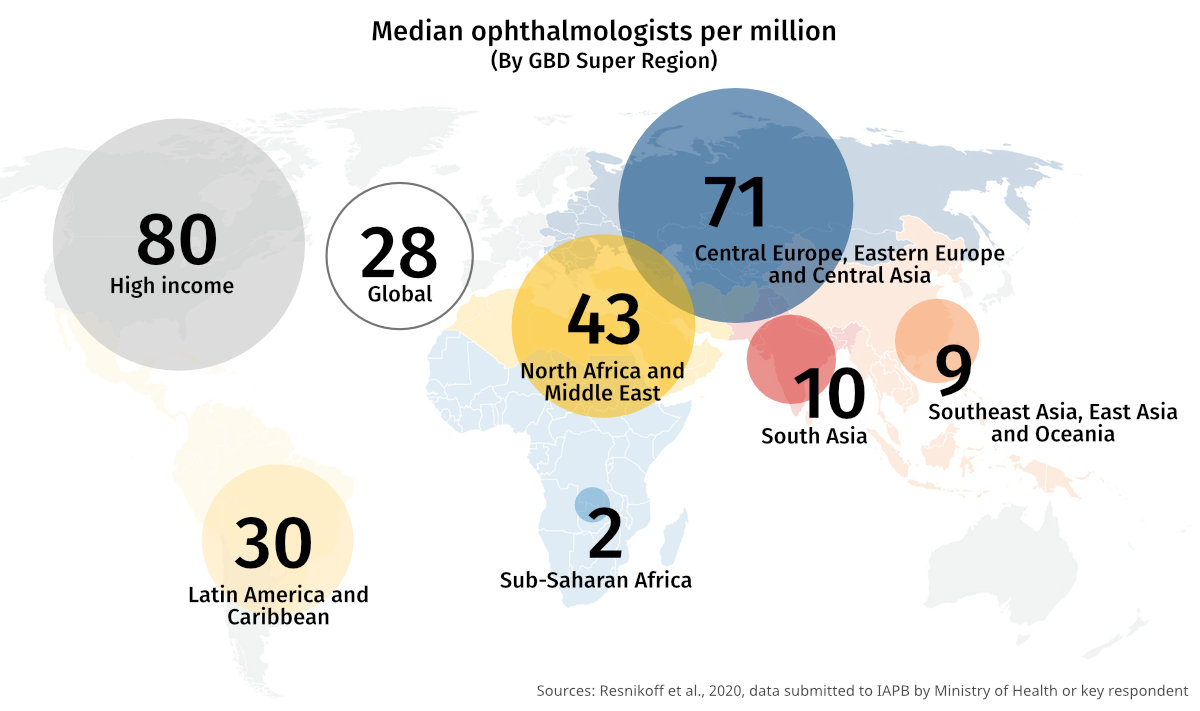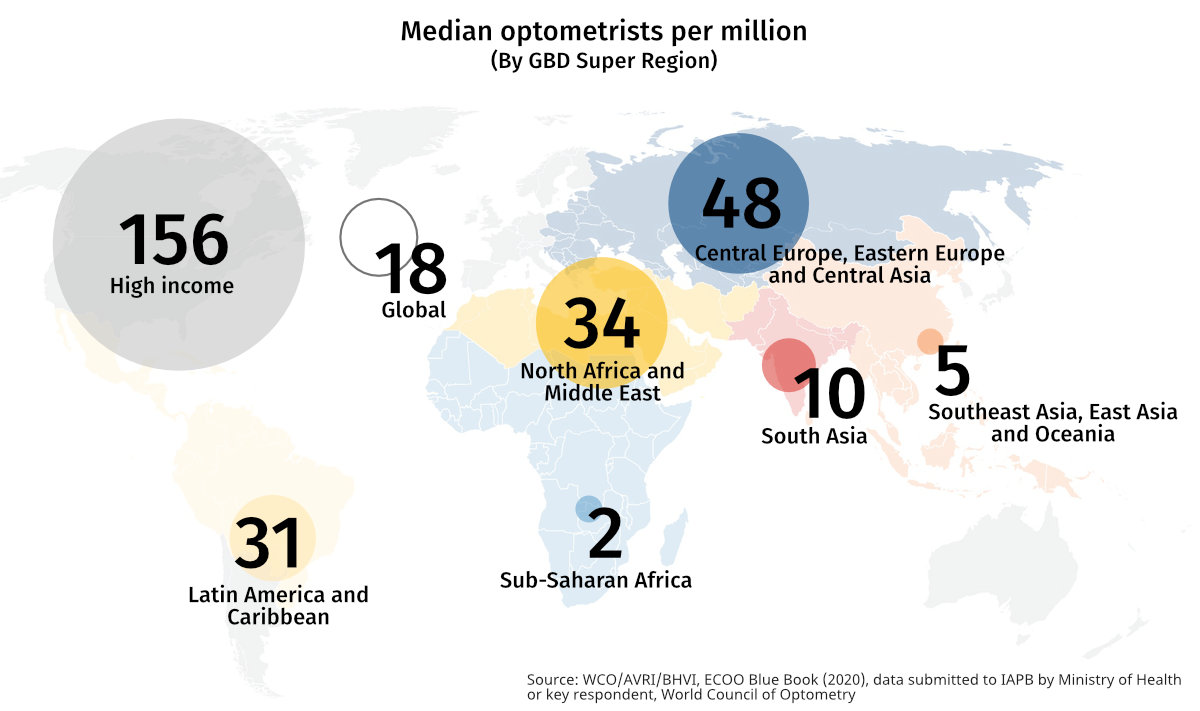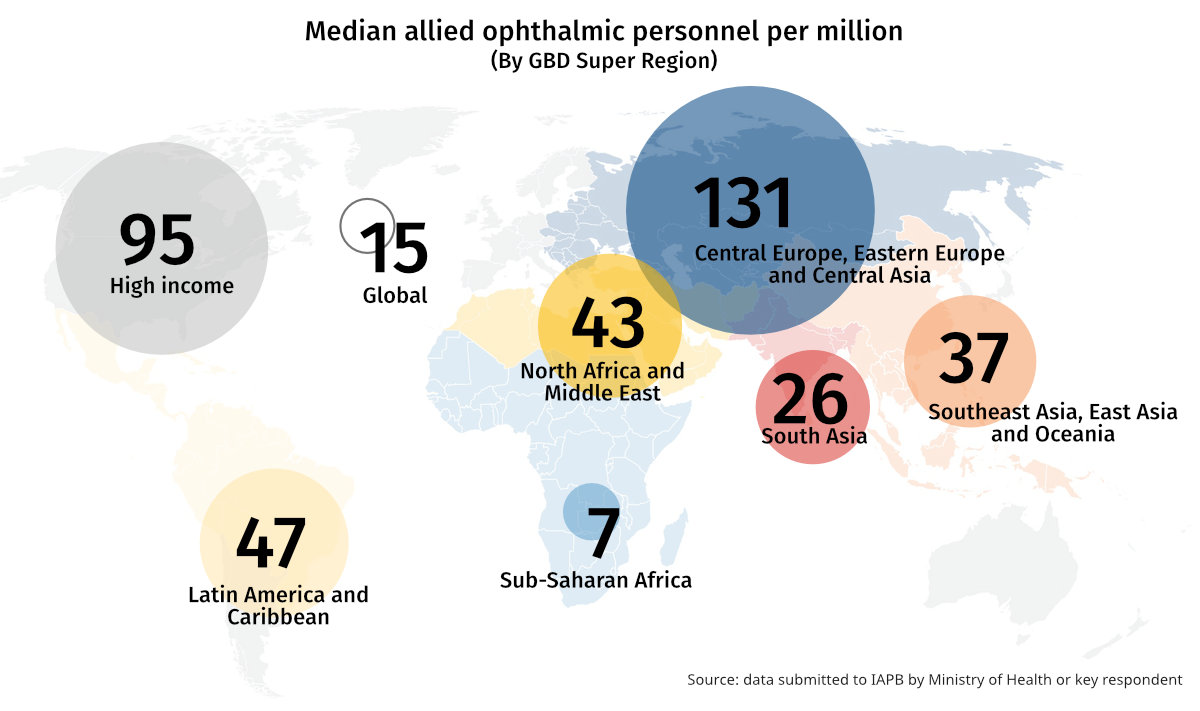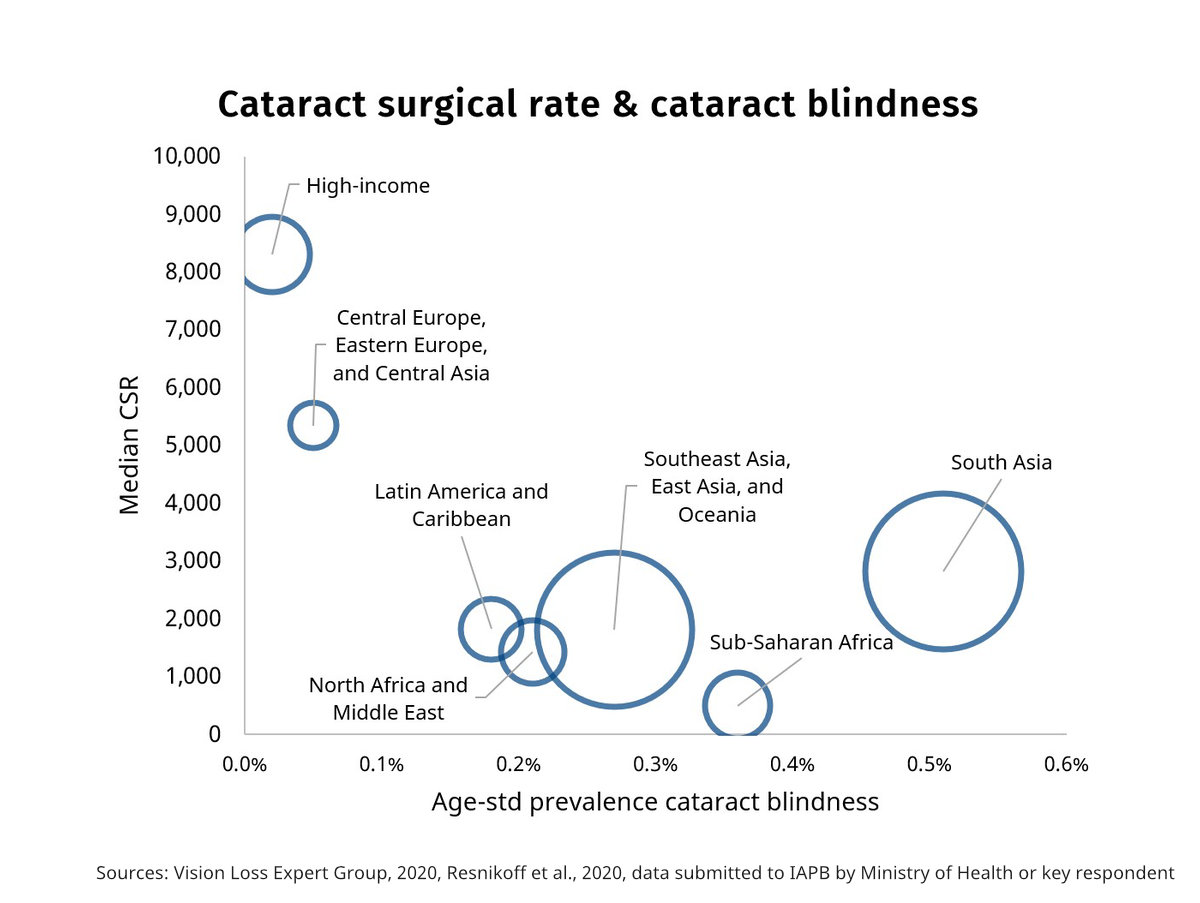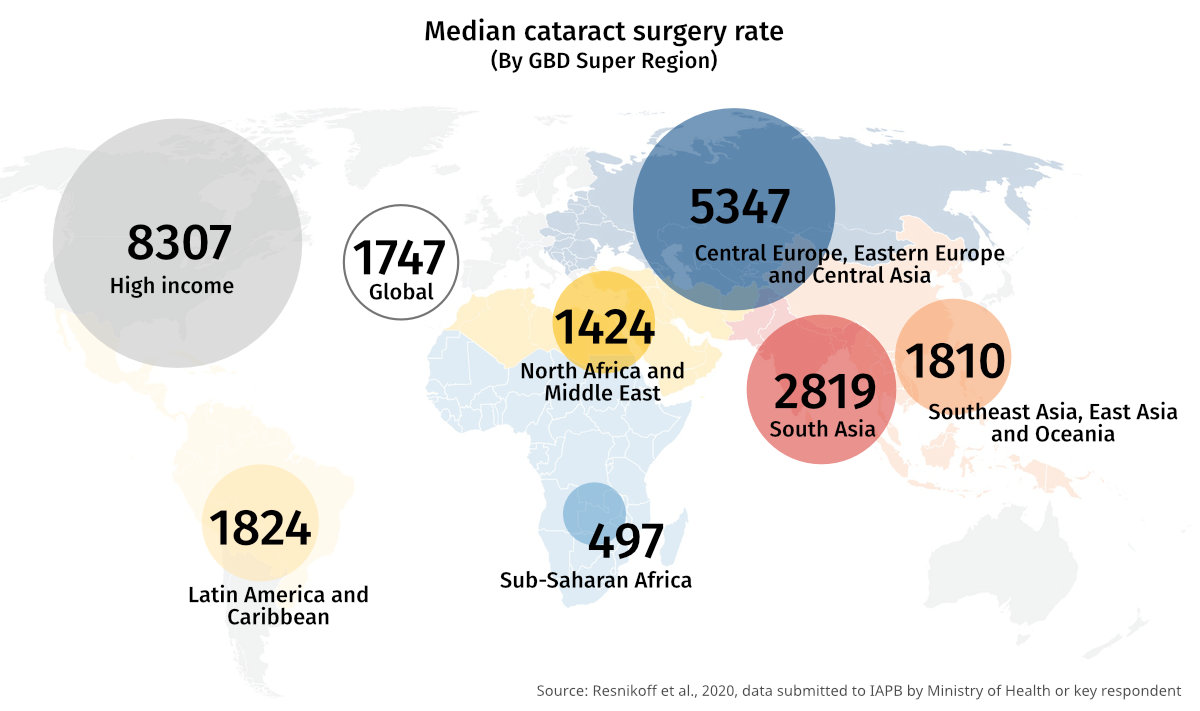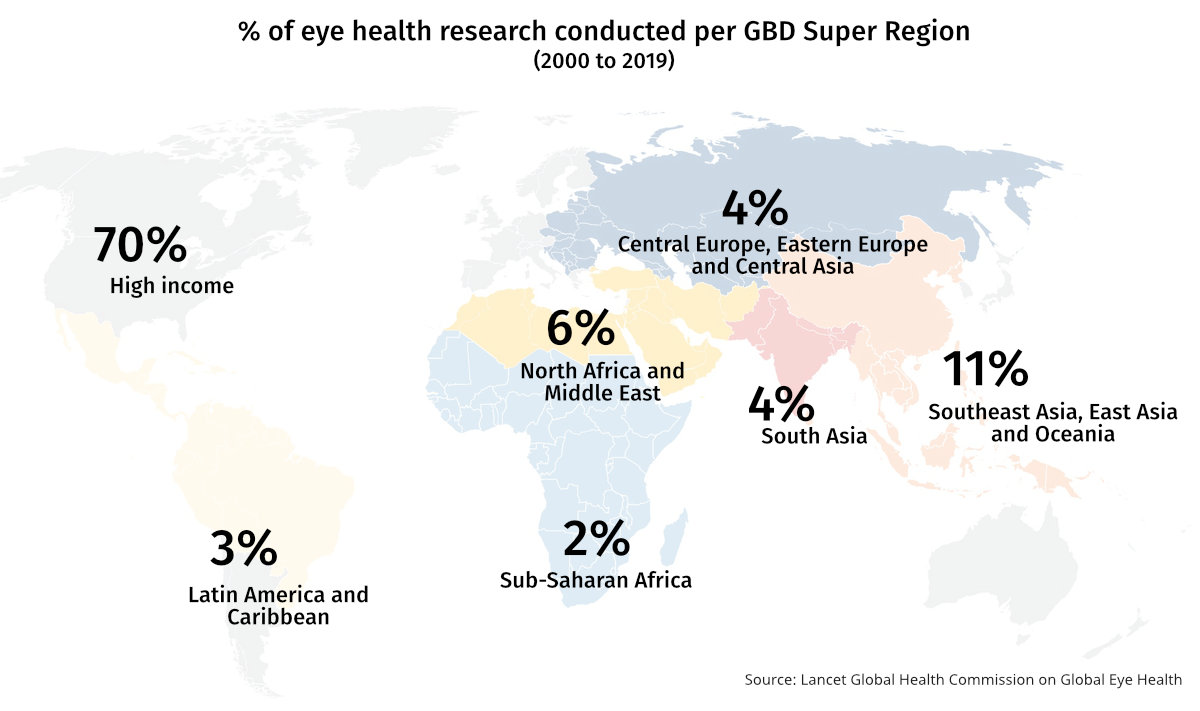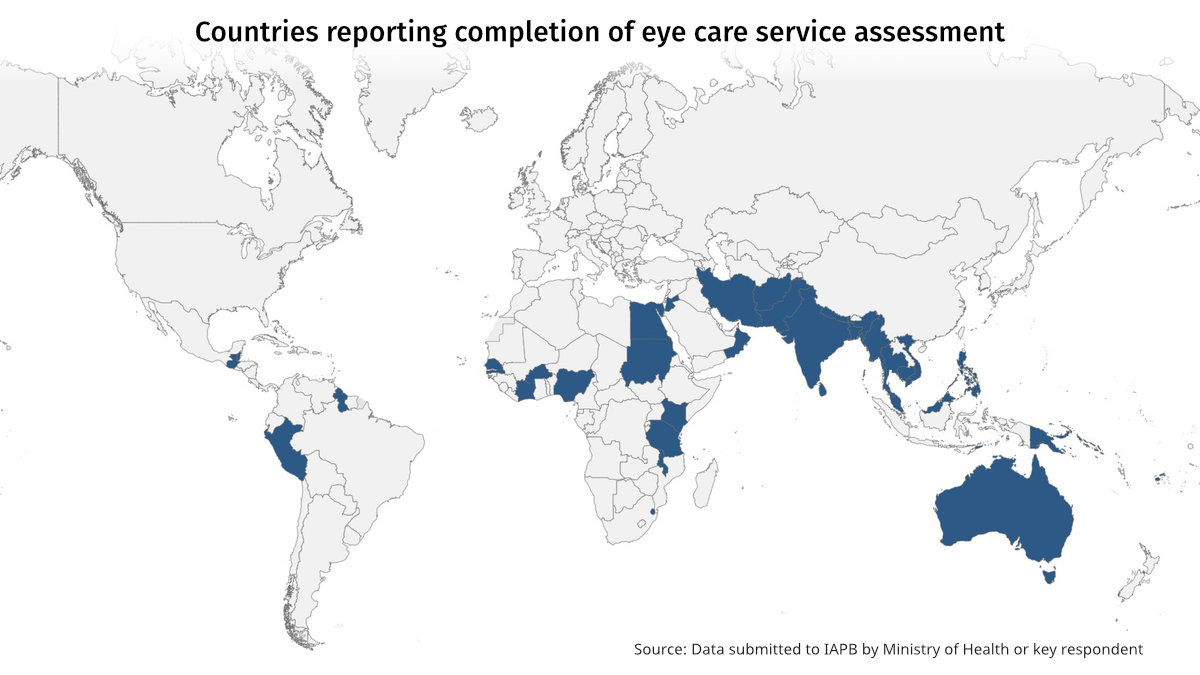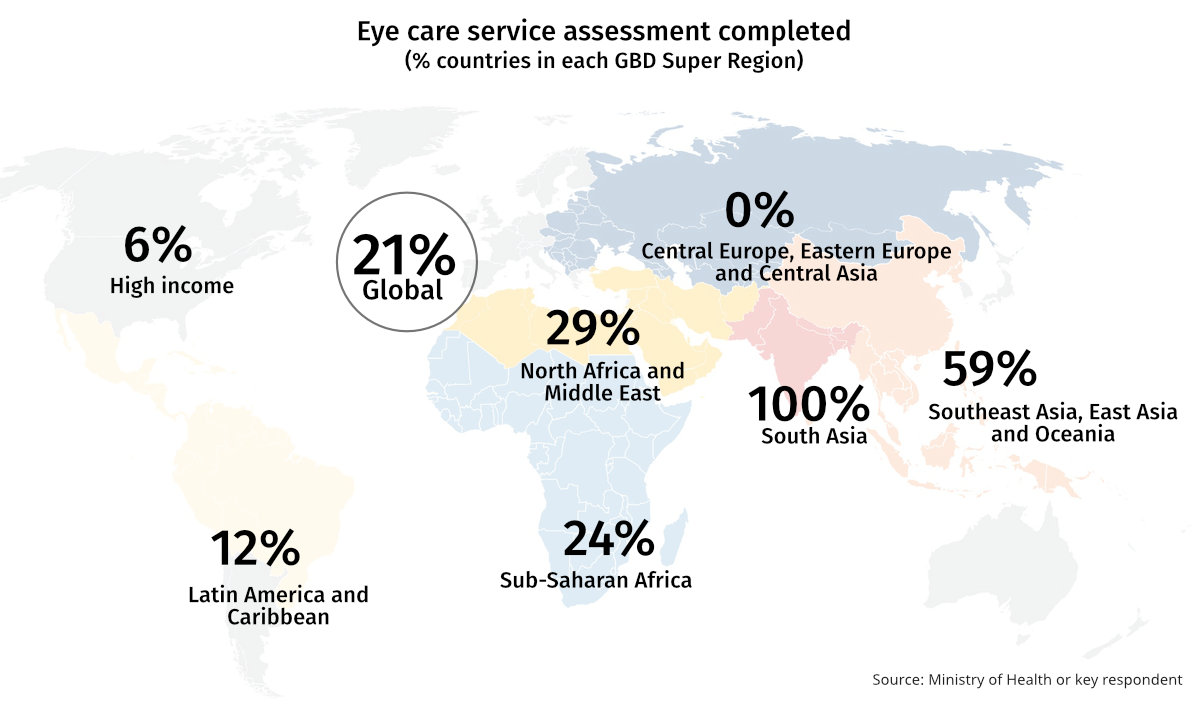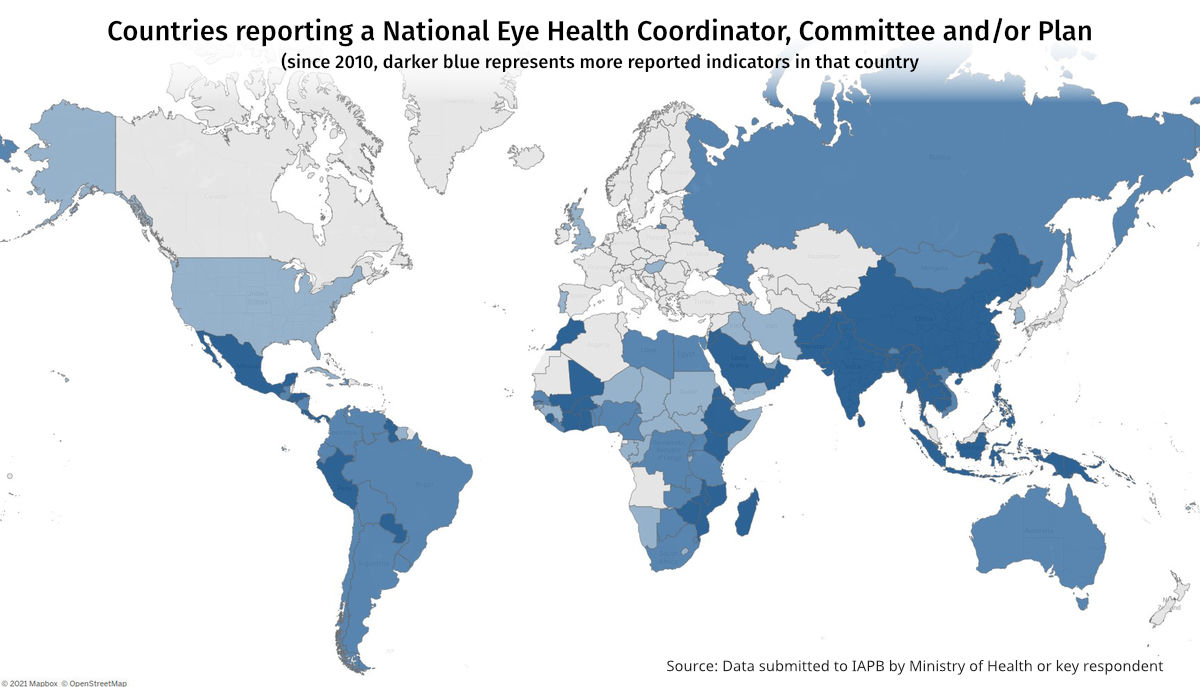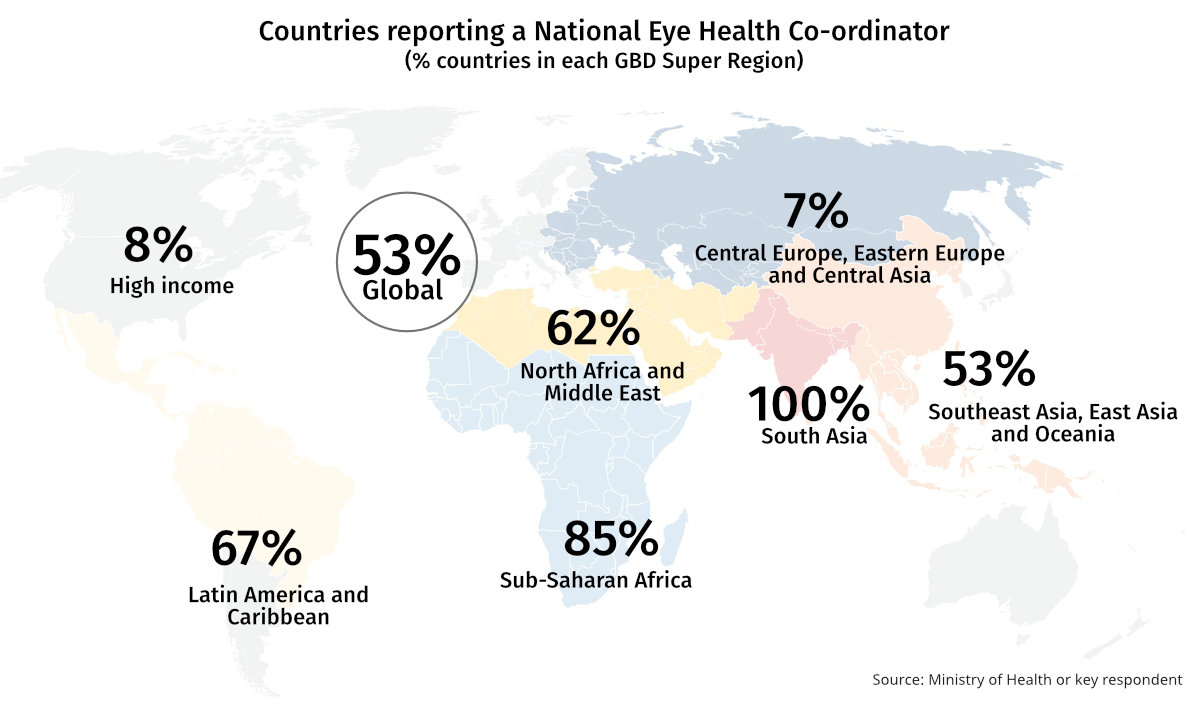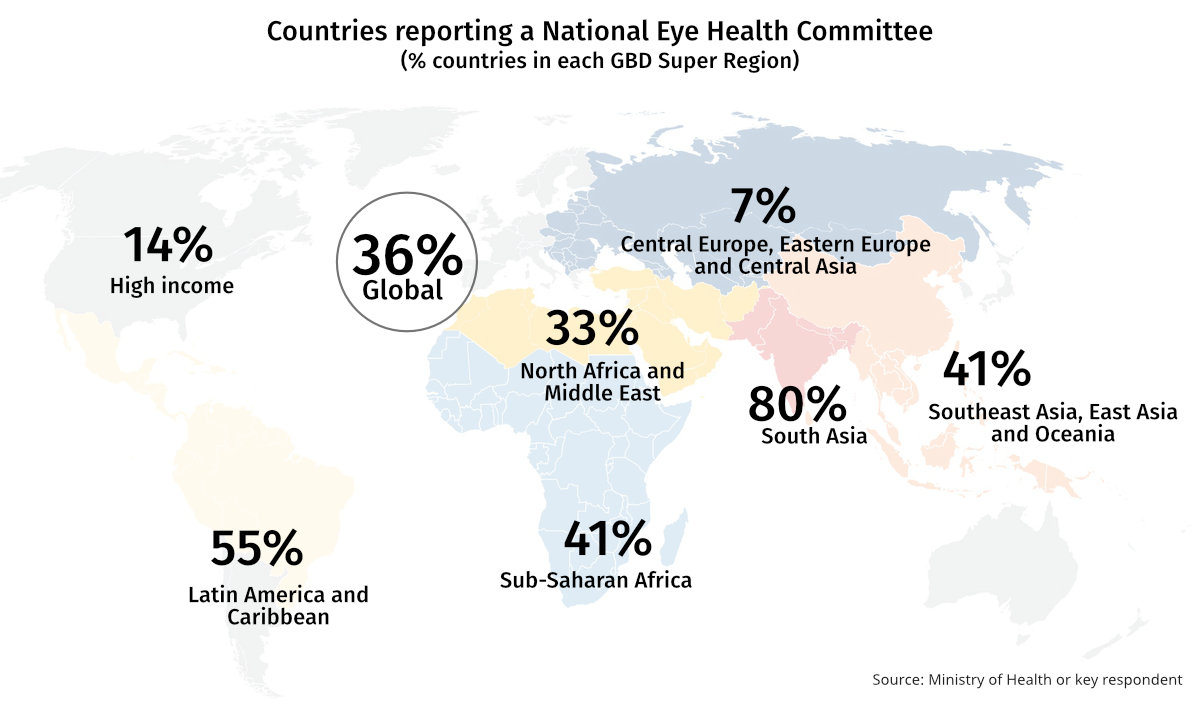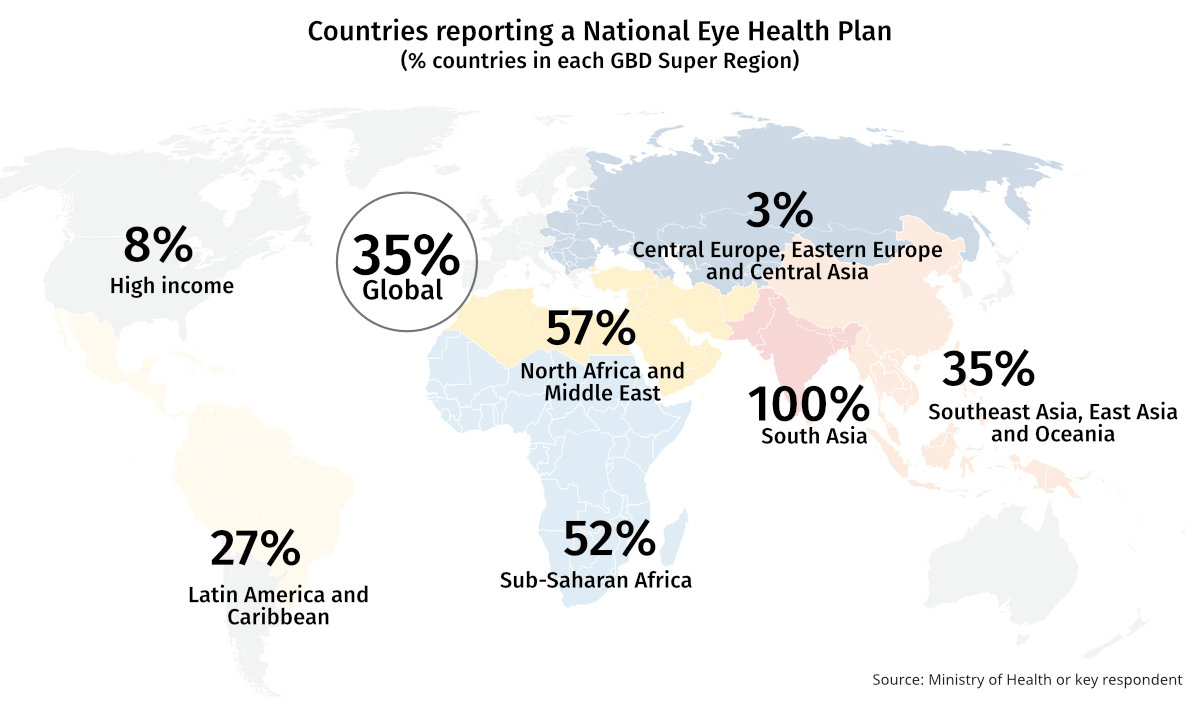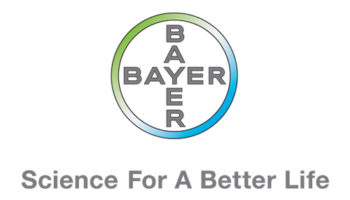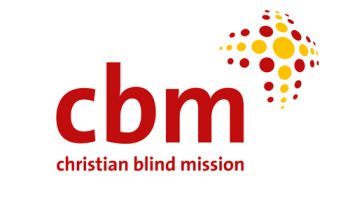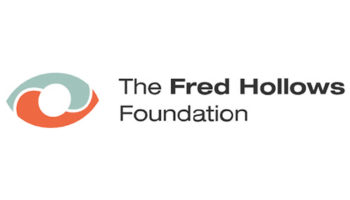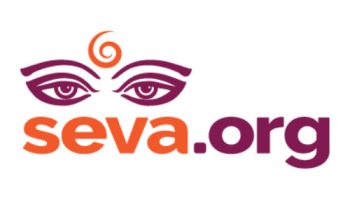Global snapshot
- Number of ophthalmologists: 238,653
- Number of countries reported: 191
- Reliability: Good, as ophthalmologists must be registered to practice
- Limitations: No data on scope or hours of practice.
Summary
Data on the number of ophthalmologists were available for 191 countries. Confidence in the data is good as most ophthalmologists must be registered to practice. However, not all ophthalmologists are surgically active, and the data does not differentiate this.
Resnikoff et al. (2020) report that although the estimated global ophthalmologist workforce appears to be growing, there is a significant shortfall of ophthalmologists in low- and middle-income countries relative to growing, ageing populations.
The first image in the carousel below shows the median number of ophthalmologists per million for each GBD Super Region. Super regions with a higher rate of vision loss tend to have fewer ophthalmologists, particularly Sub-Saharan Africa, South Asia, and Southeast Asia, East Asia and Oceania.

